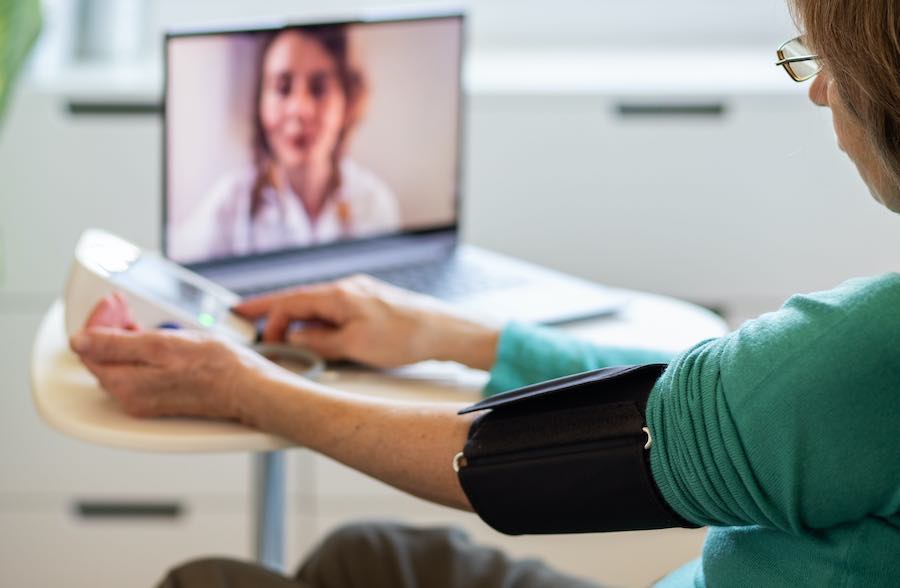How Rpm Health Technology Supports Chronic Disease Management
Understanding RPM Health Technology
Remote Patient Monitoring, commonly referred to as Rpm health, is a transformative technology designed to improve the management of chronic diseases. By utilizing digital tools, wearable devices, and connected health applications, RPM health allows healthcare providers to continuously monitor patients outside traditional clinical settings. This technology is particularly valuable for patients with chronic conditions such as diabetes, hypertension, heart disease, and respiratory disorders, enabling timely interventions and personalized care.
Key Benefits of RPM Health for Chronic Disease Management
Improved Patient Engagement
One of the primary benefits of RPM health is enhanced patient engagement. Patients actively participate in their healthcare by tracking vital signs, symptoms, and medication adherence. This continuous involvement helps patients understand their condition better, promotes self-management, and encourages lifestyle changes that can prevent disease progression.
Real-Time Monitoring and Alerts
RPM health devices provide real-time data to healthcare providers, including heart rate, blood pressure, glucose levels, and oxygen saturation. This immediate flow of information allows providers to detect anomalies early and respond quickly, reducing the risk of complications. Automated alerts can notify both patients and clinicians of critical changes, ensuring timely intervention.
Personalized Care Plans
Through the insights gathered by RPM health technology, healthcare providers can develop personalized care plans tailored to each patient’s unique needs. Data-driven recommendations improve treatment accuracy, optimize medication use, and support lifestyle modifications that are most effective for the individual. Personalized plans foster better adherence and improved health outcomes for chronic disease patients.
Reduced Hospital Readmissions
Patients with chronic conditions are at a high risk of hospital readmissions. Implementing RPM health solutions helps identify early warning signs of deterioration, allowing for preemptive interventions. By addressing issues before they escalate, healthcare providers can significantly reduce emergency room visits and hospitalizations, ultimately lowering healthcare costs.
RPM Health Devices and Tools
Wearable Health Devices
Wearable devices such as smartwatches, fitness trackers, and medical-grade monitors are core components of RPM health. These devices continuously track vital signs and activity levels, transmitting data to healthcare systems for real-time analysis. Wearables are convenient, non-invasive, and highly effective in supporting chronic disease management.
Mobile Health Applications
Mobile applications complement RPM health by providing patients with platforms to log symptoms, monitor medication intake, and communicate with their healthcare providers. These apps can send reminders, generate reports, and offer educational resources, helping patients stay engaged and informed about their health status.
Home Monitoring Equipment
Home-based RPM health tools, including blood pressure monitors, glucometers, and pulse oximeters, enable patients to track critical health metrics without frequent clinic visits. Data collected from these devices is automatically transmitted to healthcare providers, ensuring continuous oversight of the patient’s condition.
Implementation Strategies for Effective RPM Health
Integration with Electronic Health Records
For RPM health to be effective, integration with Electronic Health Records (EHR) is essential. Seamless data flow between monitoring devices and EHR systems allows healthcare providers to access comprehensive patient information in real-time. This integration enhances decision-making, improves care coordination, and ensures that all healthcare team members are informed about the patient’s condition.
Patient Education and Training
Successful adoption of RPM health requires educating patients on the proper use of devices and technology. Training sessions should cover device operation, data interpretation, and understanding alerts. Empowering patients with knowledge ensures accurate data collection, increases adherence, and enhances engagement in chronic disease management.
Clinical Workflow Optimization
Healthcare facilities implementing RPM health should optimize clinical workflows to incorporate continuous data monitoring. Assigning dedicated staff to review patient data, respond to alerts, and communicate with patients ensures that the technology adds value without overwhelming the clinical team. Streamlined workflows improve efficiency and the overall effectiveness of RPM health programs.
Challenges and Considerations
Data Security and Privacy
A critical consideration in RPM health is the security and privacy of patient data. Providers must adhere to regulatory standards such as HIPAA, ensuring that sensitive health information is protected. Implementing encryption, secure data transmission, and robust access controls mitigates the risk of data breaches.
Patient Accessibility and Compliance
Some patients, especially older adults, may face challenges using RPM health technology due to limited digital literacy. Ensuring accessibility, providing user-friendly devices, and offering ongoing support are essential for successful implementation. Encouraging compliance through patient education and motivation is key to achieving meaningful outcomes.
Cost and Reimbursement
The cost of RPM health devices and monitoring services can be a barrier for both patients and healthcare providers. However, with growing recognition of its benefits in reducing hospitalizations and improving chronic disease outcomes, many insurance providers now offer reimbursement programs. Evaluating cost-effectiveness and exploring funding options can facilitate wider adoption.
Future of RPM Health in Chronic Disease Management
The future of RPM health looks promising, with advancements in artificial intelligence, machine learning, and predictive analytics. These technologies will enable even more precise monitoring, early risk detection, and personalized interventions. As RPM health solutions evolve, they are expected to become standard practice in chronic disease management, improving patient outcomes and transforming the healthcare landscape.
Conclusion
RPM health technology is revolutionizing chronic disease management by enabling continuous monitoring, personalized care, and proactive interventions. From wearable devices and home monitoring tools to mobile applications and integrated EHR systems, RPM health empowers patients and healthcare providers to work together in achieving better health outcomes. By overcoming challenges related to accessibility, data security, and cost, RPM health is poised to become an essential component of modern healthcare, ensuring that patients with chronic conditions receive the care and support they need for a healthier future.














Post Comment